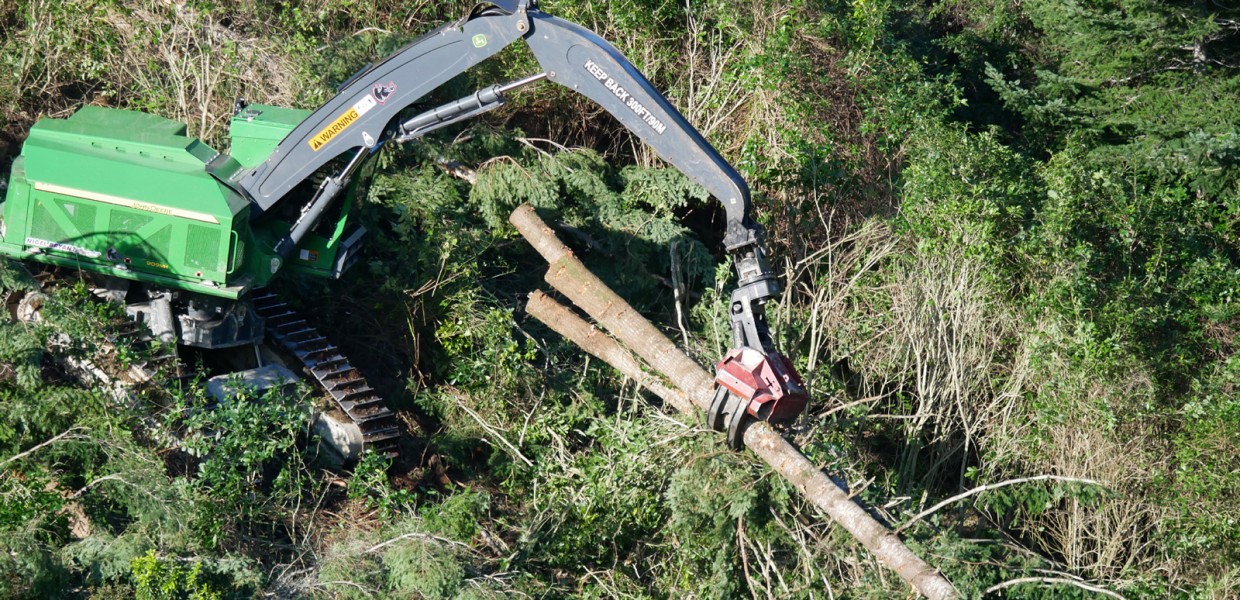01 Oct 2009
Demand for NZ emission units (NZUs) from the energy sector is likely to be far greater than first expected, according to a revised analysis by Euan Mason, associate professor at the Canterbury University School of Forestry. This, he says, suggests that the amended scheme will create a demand for large areas of new forest planting.
"In a release through the Science Media Centre (Mason & Evison July 2009) we outlined how the forestry sector can help mitigate climate change by sequestering carbon dioxide and also by providing more climate-friendly products and energy. A second release (Mason September 2009) compared impacts of the existing ETS with a proposed revised ETS on demand for NZUs from the forestry sector," Mason says in the introduction to his revised paper.
This second release was based on an interpretation of a release by climate change minister Nick Smith in which the government appeared to be saying that it intended to provide a free allocation of NZUs to the energy sector equivalent (in proportion of GHG emissions) to that provided to agriculture.
Following publication, Peter Weir of Ernslaw One alerted Mason to another interpretation -- that the energy sector might be liable for 50% of its total GHG emissions between 2010 and 2012, and for 100% of its total emissions from 2013 onwards, an interpretation that in essence has been confirmed by the minister's senior advisor on climate change George Riddell.
This means that demand for NZUs from forestry are likely to be significantly greater than that initially estimated.
Based its greenhouse gas emissions of 75,550,000 tonnes in 2007, Mr Riddell confirmed that energy sector would have to surrender this number of NZUs each year from 2013, assuming that emissions remain at this level.
"However the government will, to protect the export sectors, allocate some 43,000,000 units free of charge. The difference is some 32,000,000 p.a. which will need to come from the forestry," he said. "This should encourage planting at a reasonably high level starting now.”
Assuming (among other things) that owners of existing Kyoto forests sell emitters 75% of the NZUs generated by their forests and that emitters cannot import credits from overseas, more than 700,000 hectares of new forests will be needed to meet demand for carbon credits from the energy sector by 2013. If the energy and in later years, other sectors, adopt new low carbon technologies or reduced output in response to the ETS, then demand for forest-based NZUs will be significantly reduced.
To read Mason's full paper, click here.






